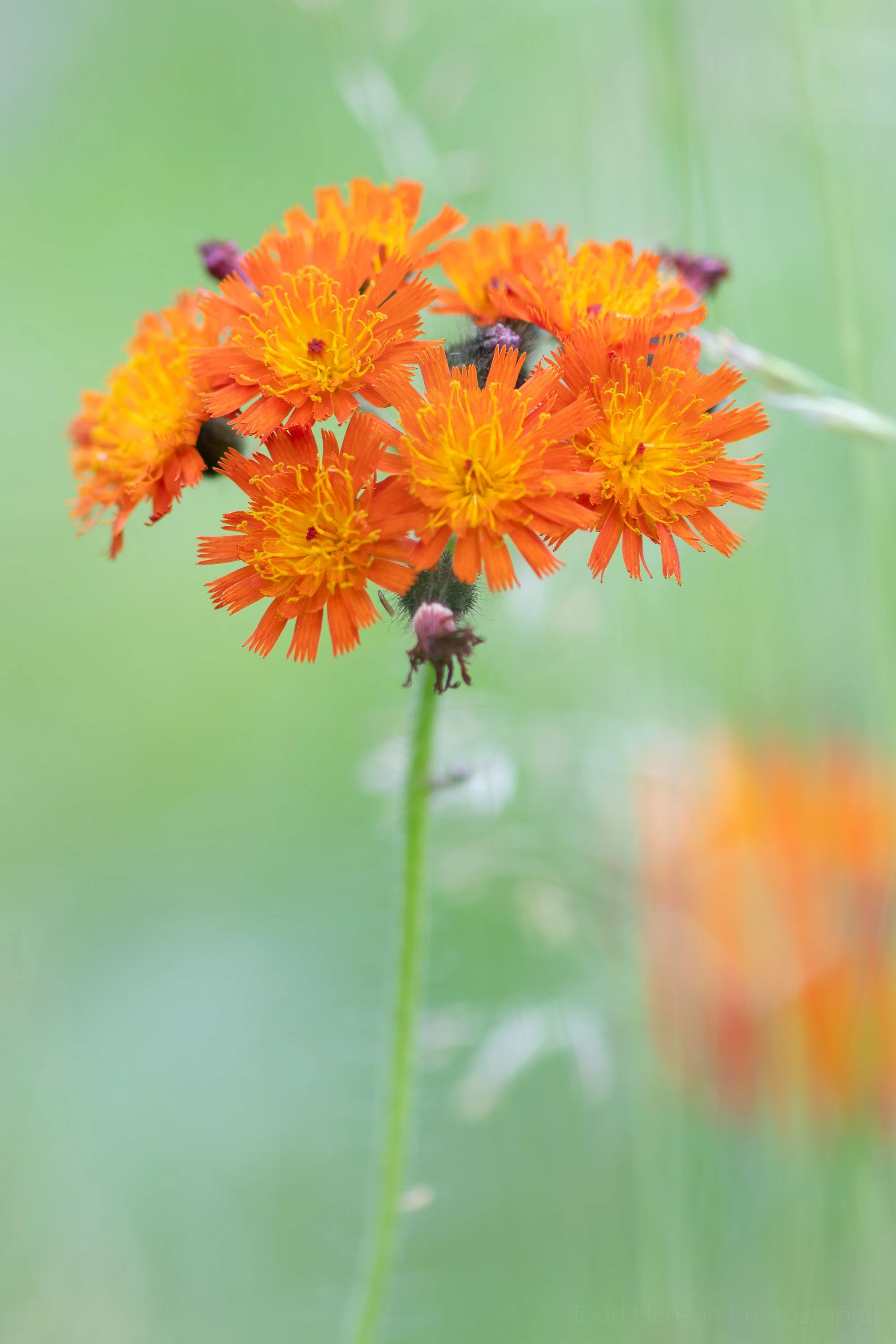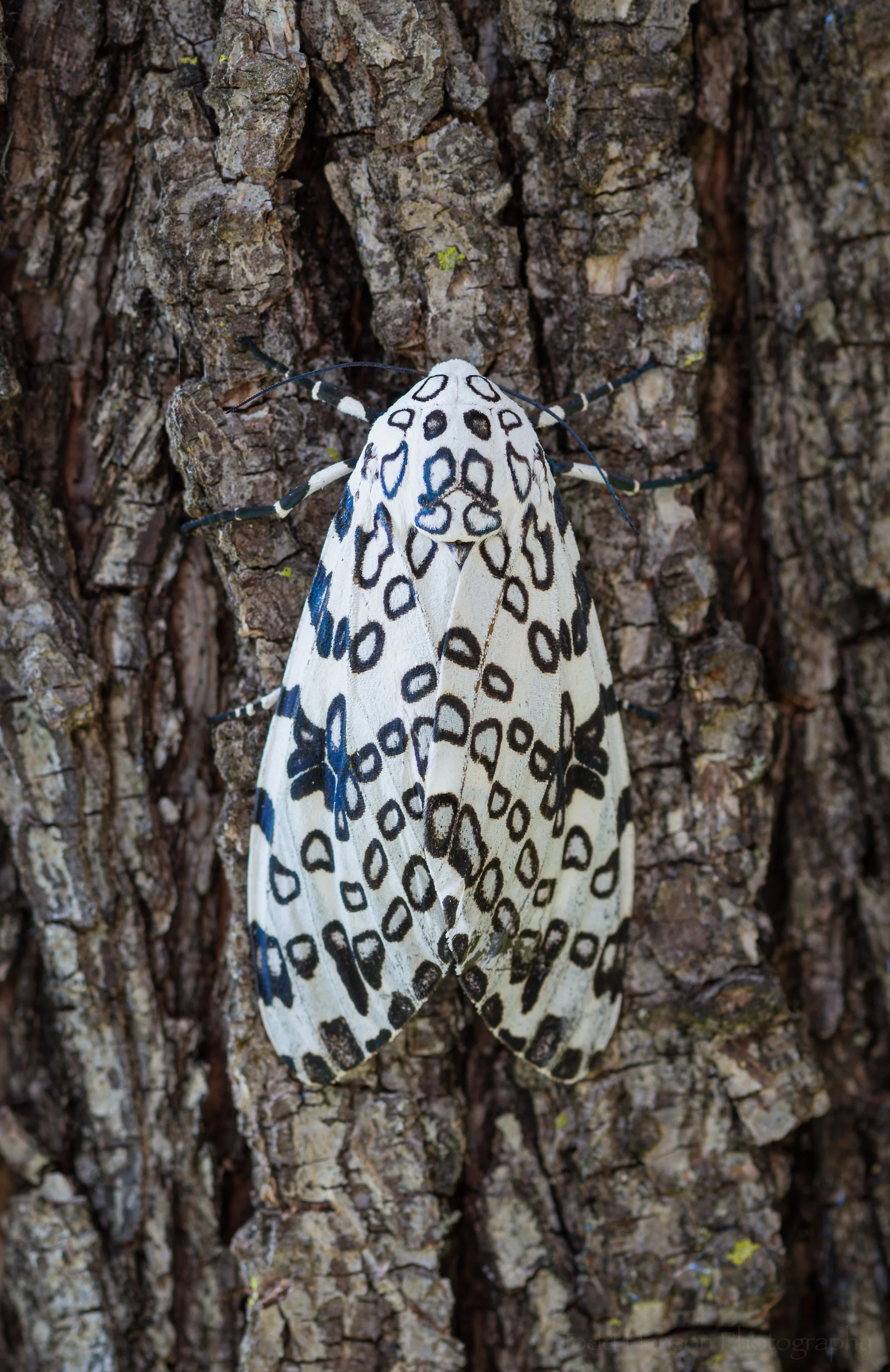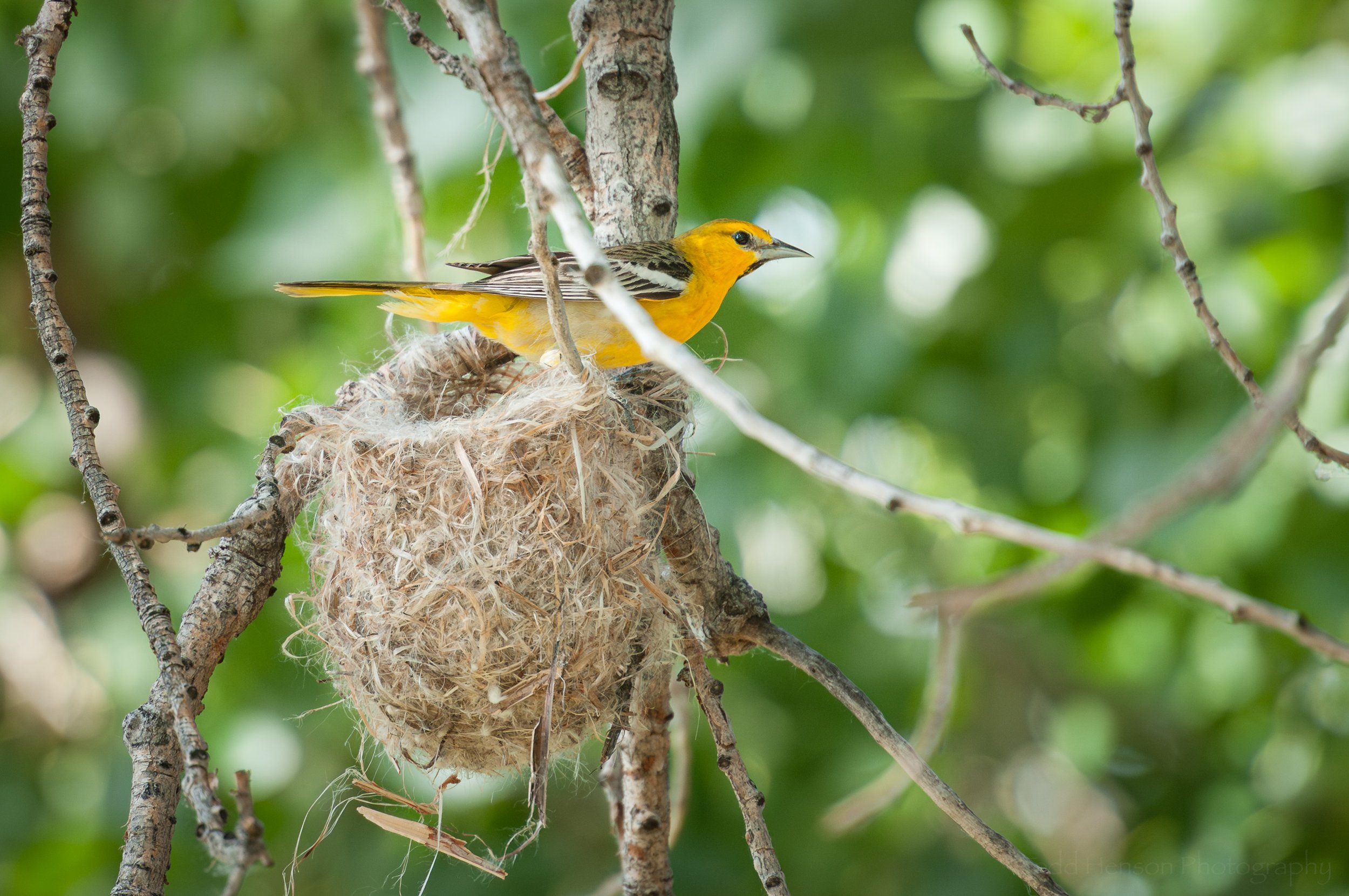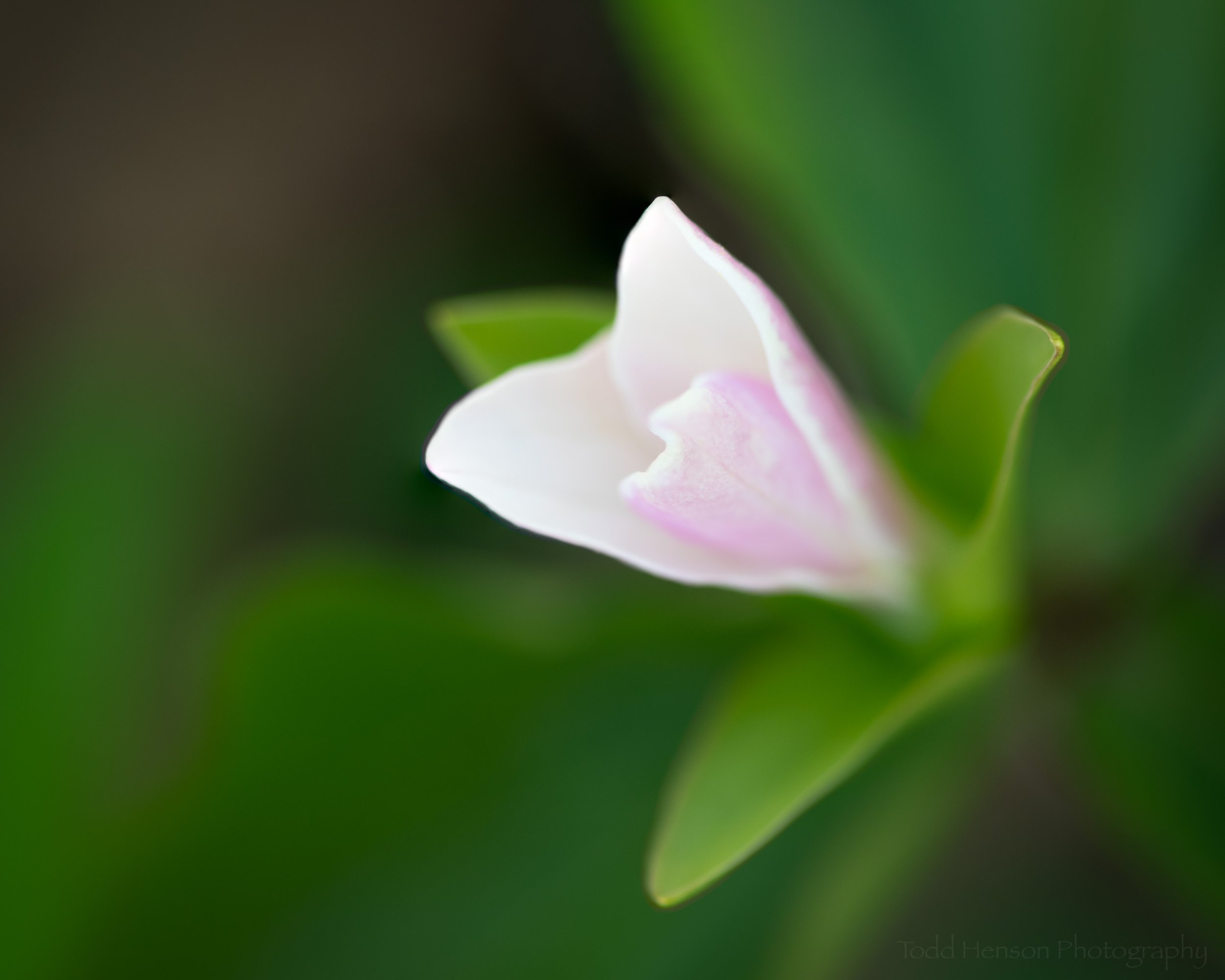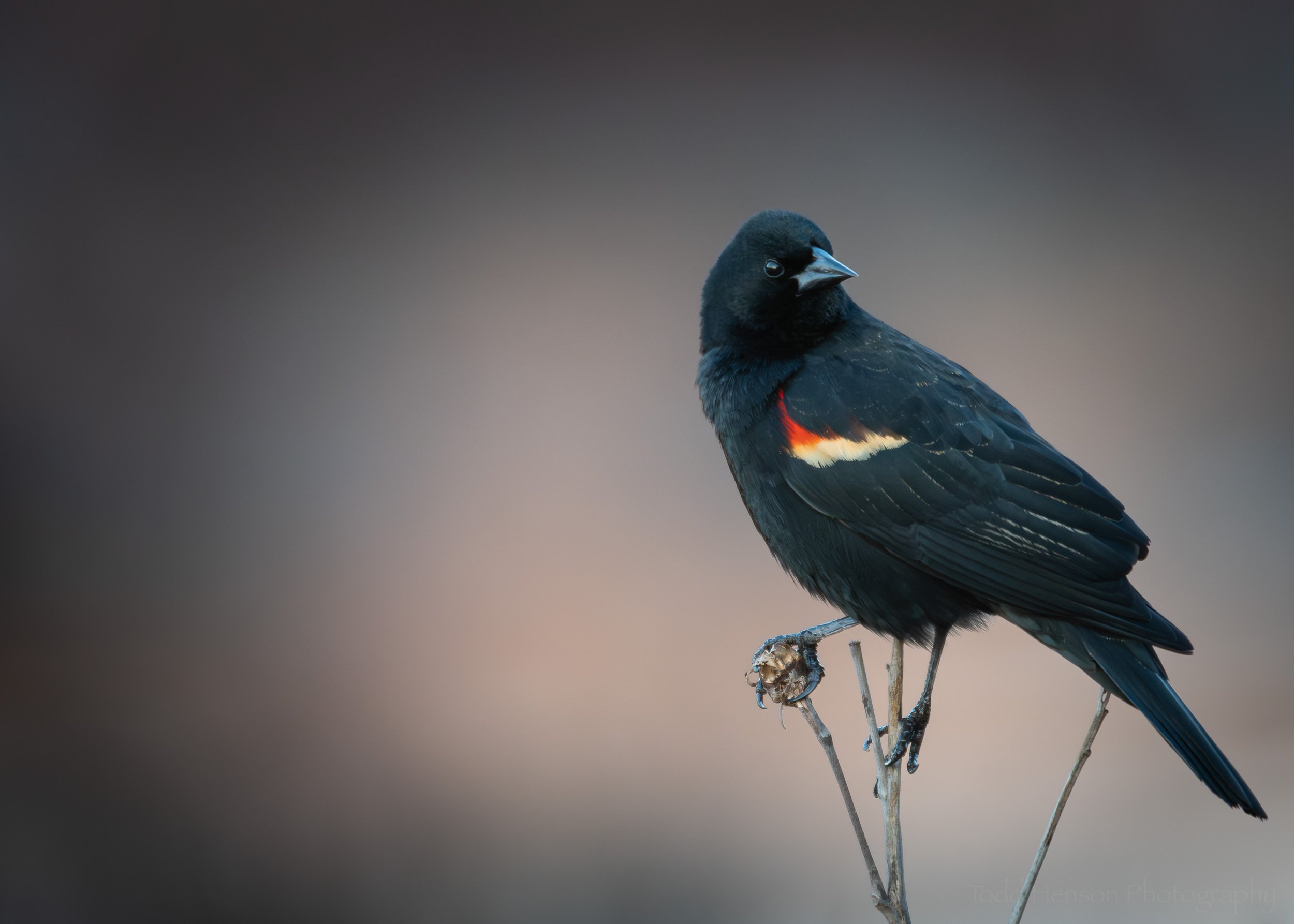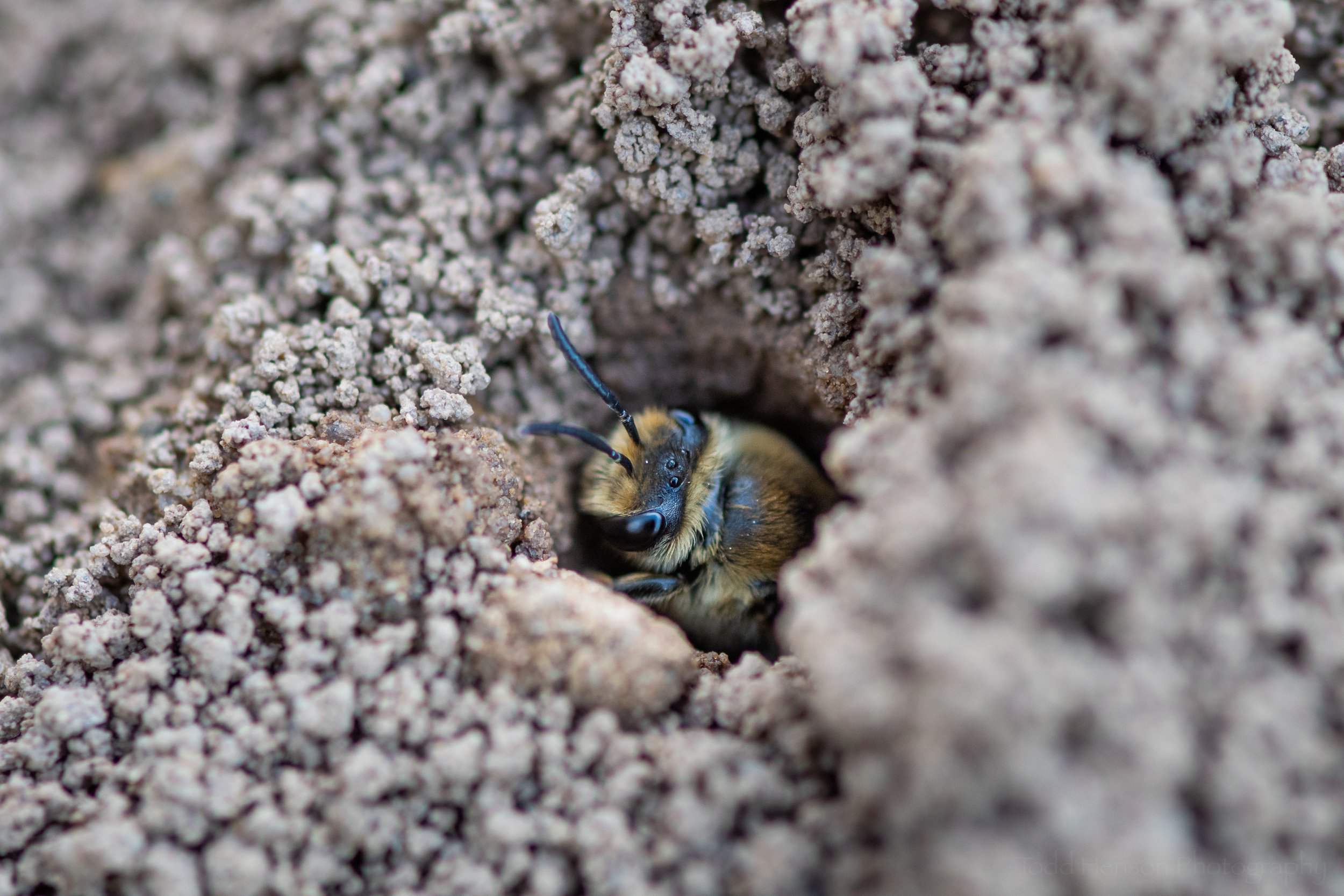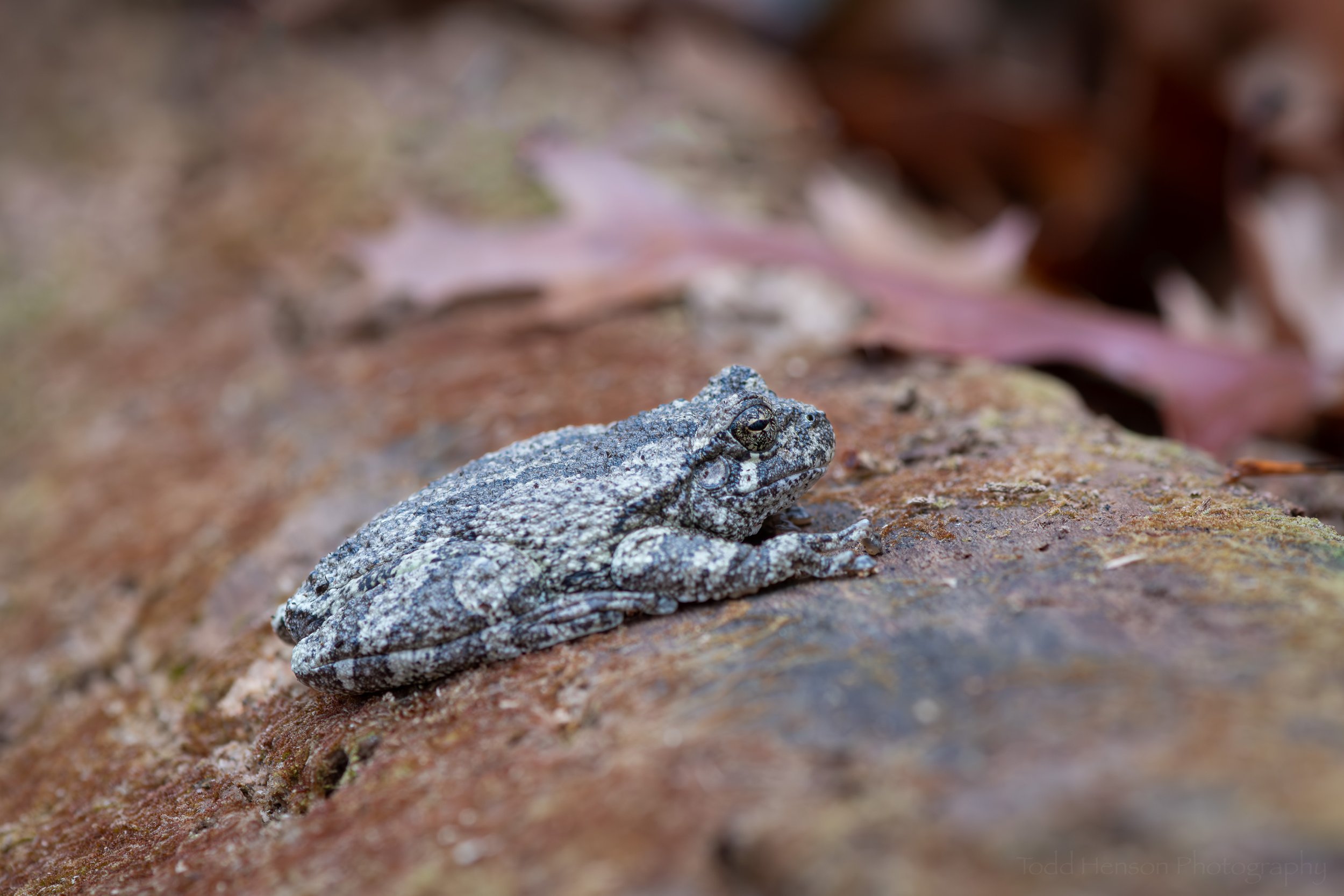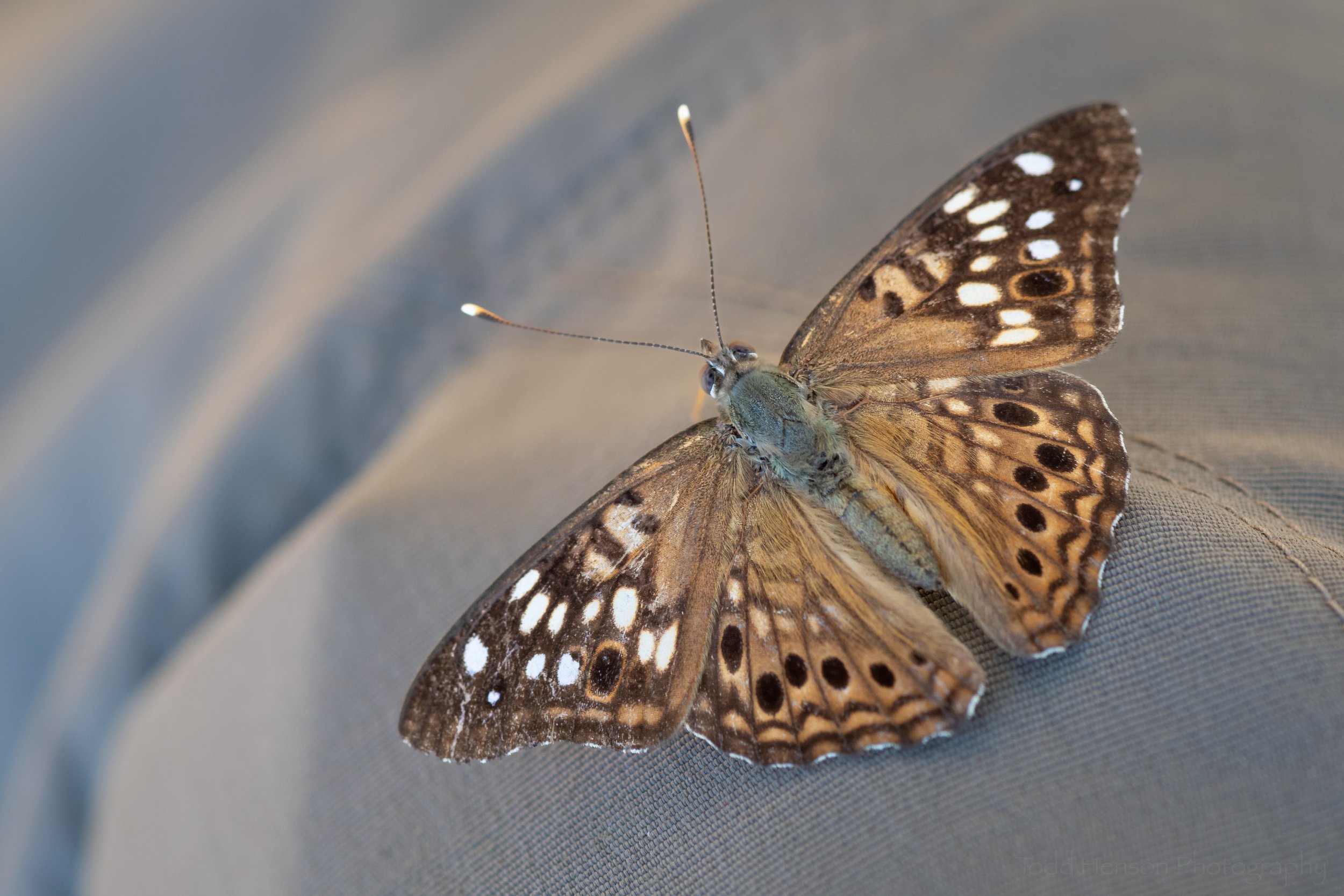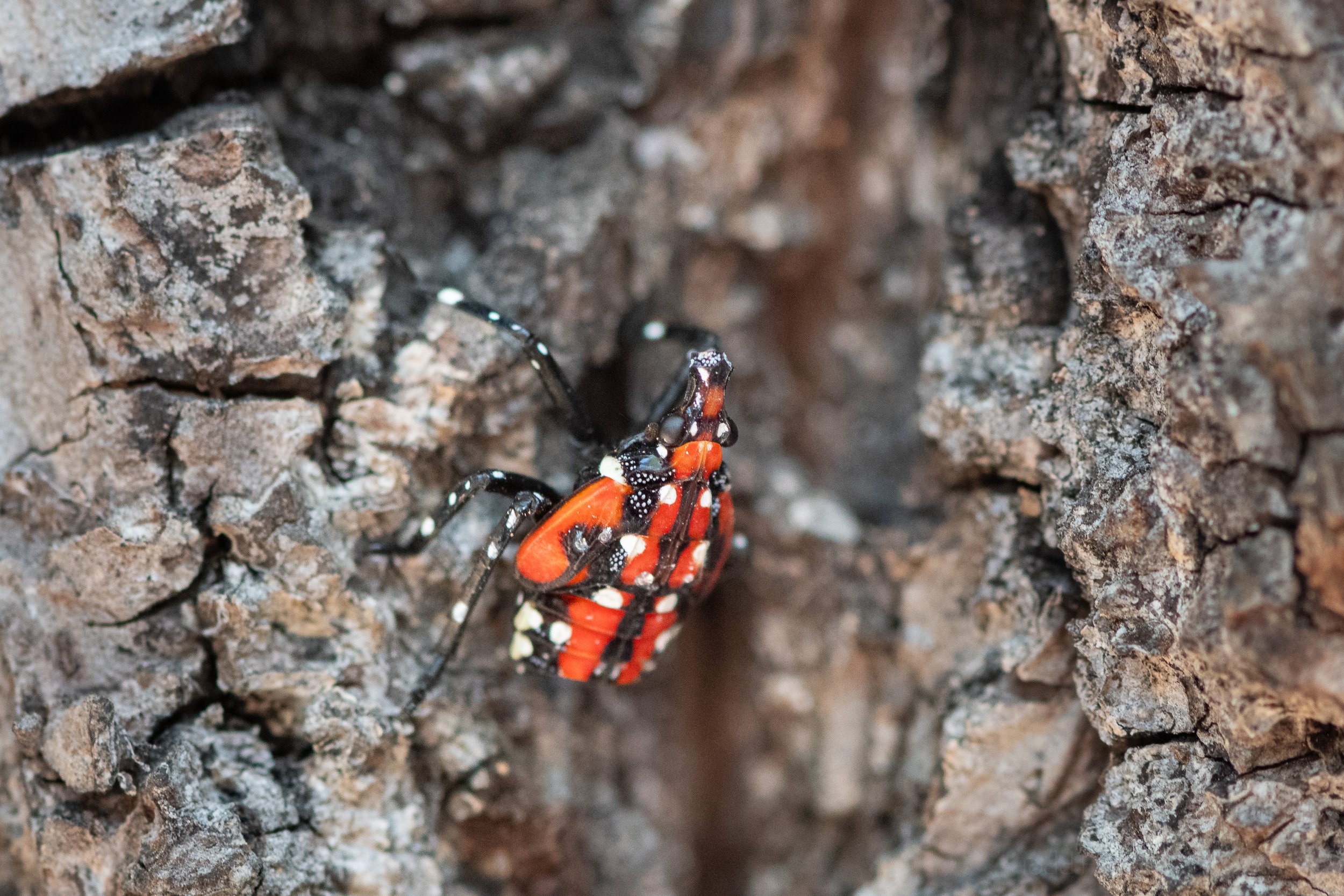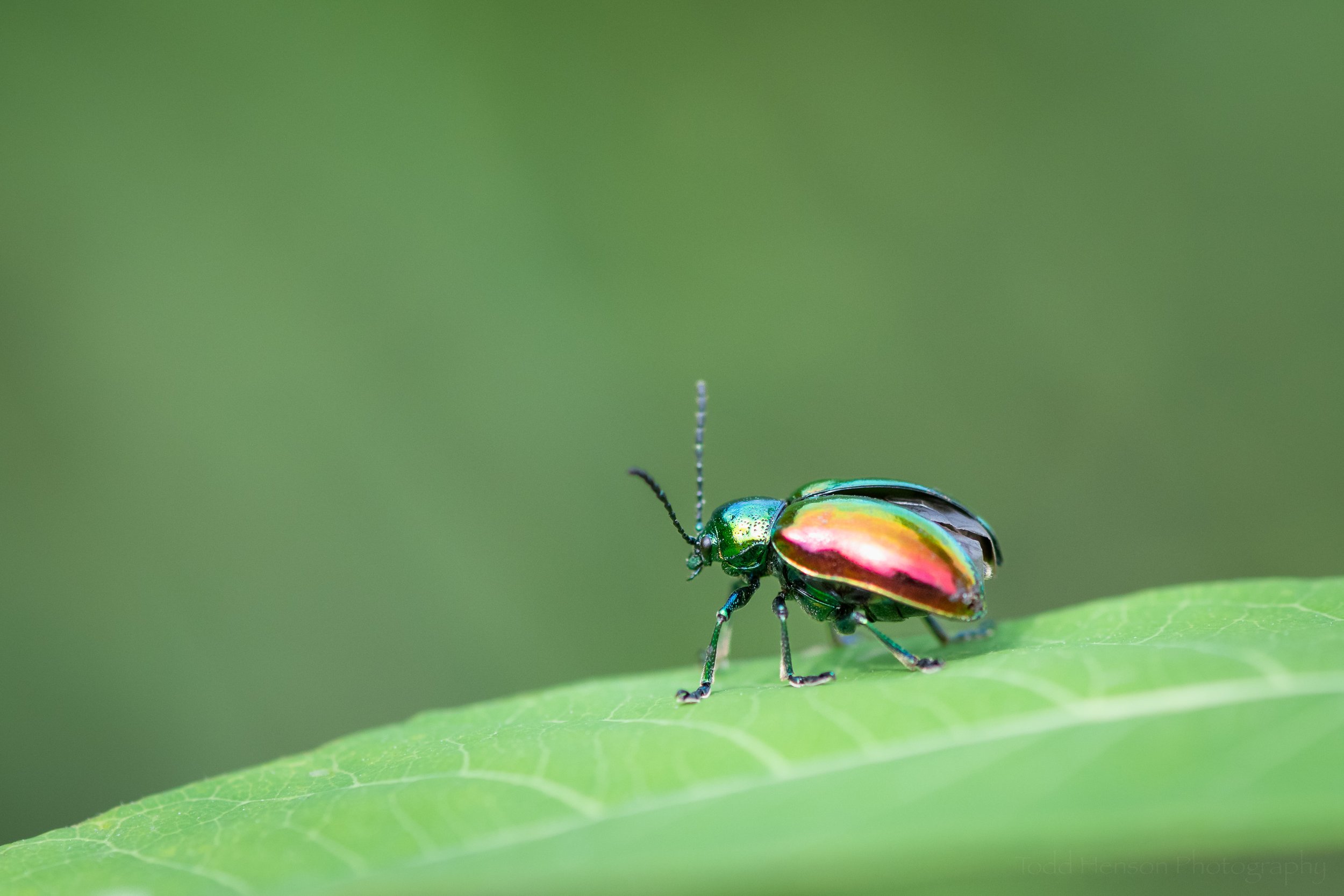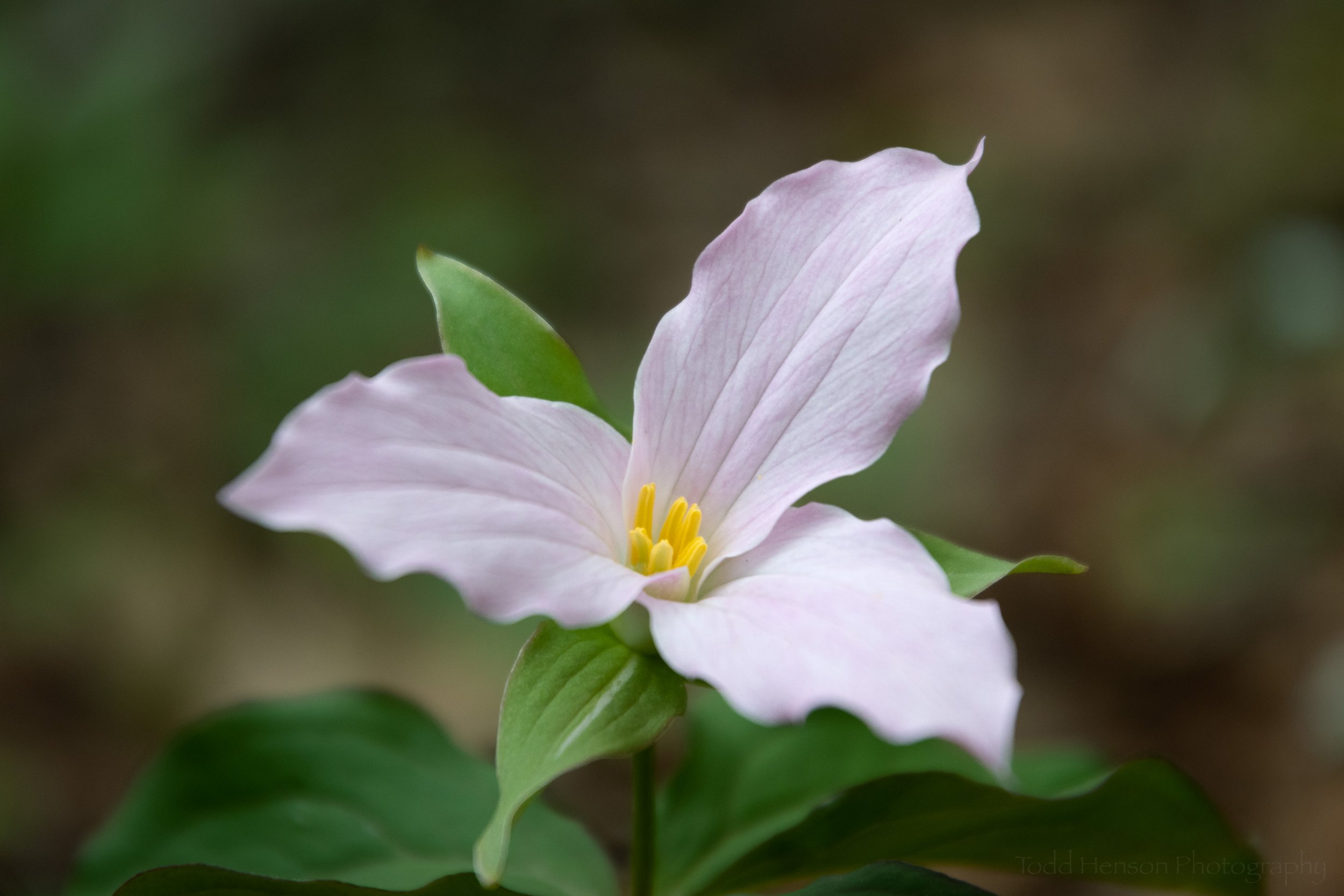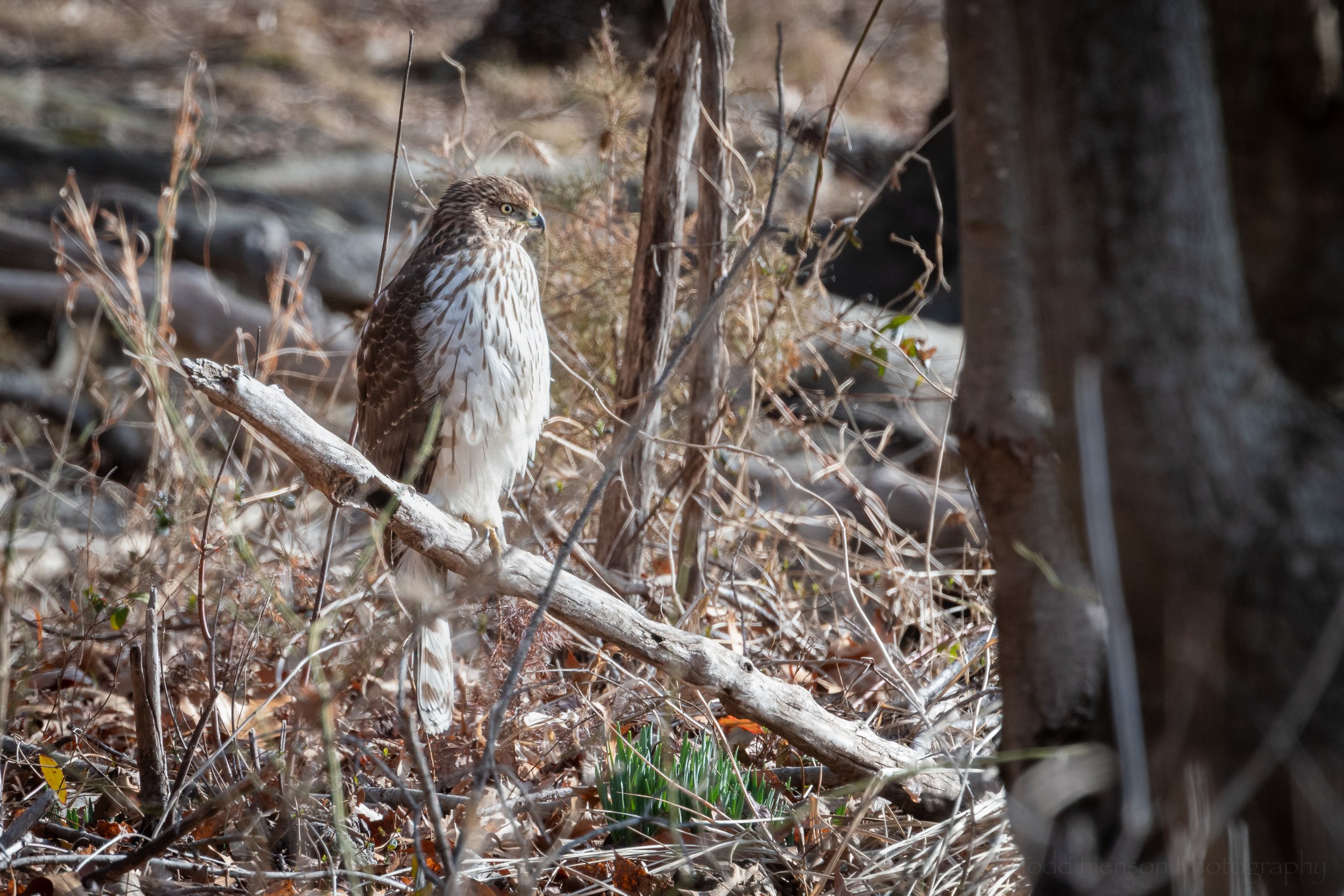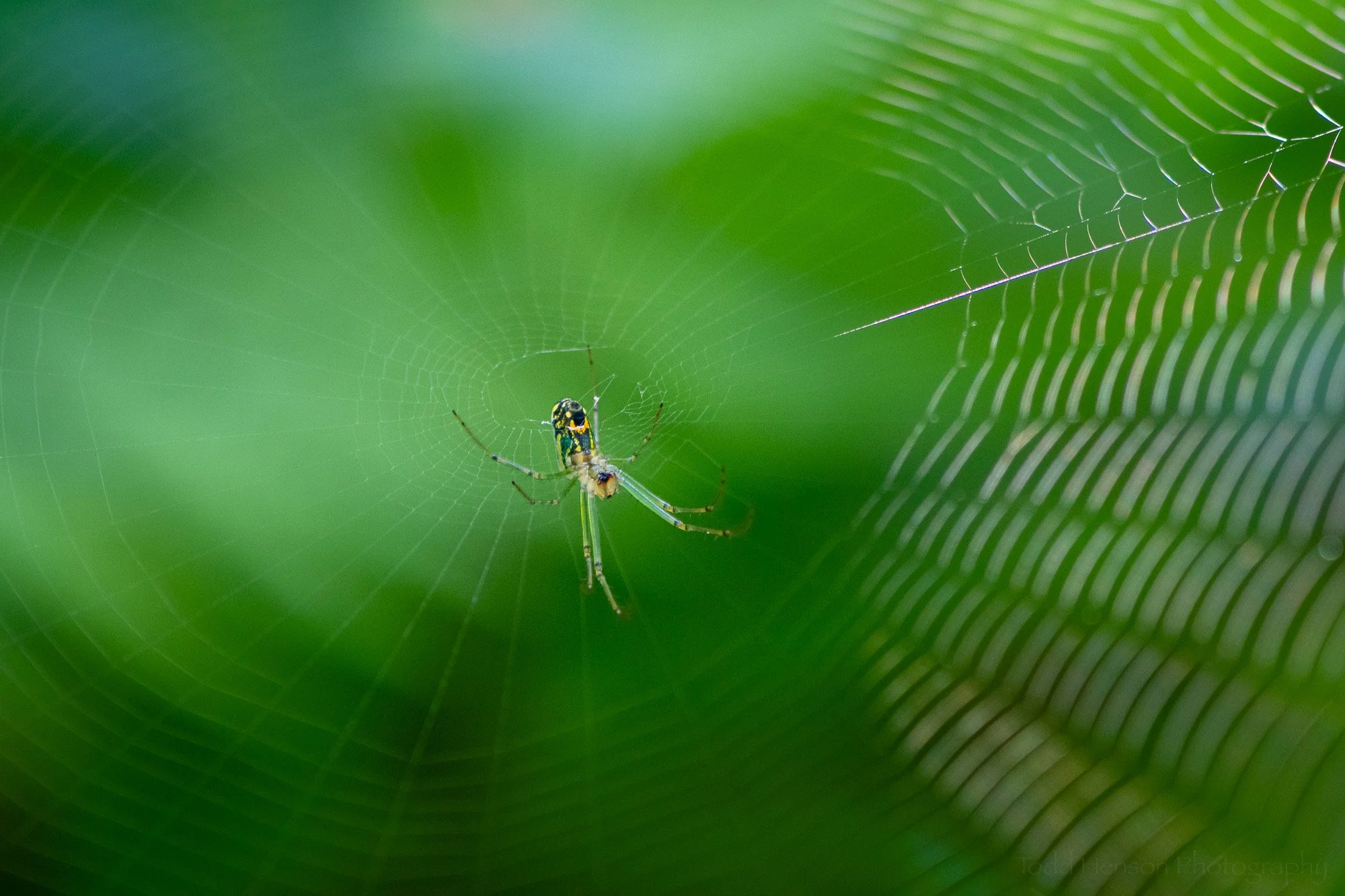On a recent morning while hiking a nearby wildlife refuge we spoke with someone who said they’d seen several grebes out in the water, so I kept my eyes open when we made it to the bay trail. Sure enough, we also saw a few grebes swimming around and fishing, sometimes near shore.
Plumage Transition of Horned Grebes
We found two great examples of Horned Grebes. One has almost completely transitioned to its summer, or breeding, plumage with fairly dark body feathers and the distinctive lighter yellow “horns” stretching from its eye to the back of its head.
Mostly summer (breeding) plumage of a Horned Grebe
The other appears to only recently have begun its transition and still retains more of its winter, or non-breeding, plumage, which is less colorful and more grey.
A Horned Grebe transitioning from its winter (non-breeding) to summer (breeding) plumage
I wonder if perhaps one is male and the other female. Some birds have distinctly different plumage for male and female, but with grebes they look alike and instead change plumage with the seasons, so I can’t tell their sex from their plumage.
Pied-billed Grebe
The other grebe we found was a single Pied-billed Grebe, which is smaller than the Horned Grebe. This one appears to have transitioned to its breeding plumage, which includes that distinctive black bar across its bill.
A Pied-billed Grebe in breeding plumage
All of these grebes were very busy feeding, which meant they kept disappearing from view, diving down below the surface for food and resurfacing, often at a distance from where they first dove. They are a very enjoyable bird to watch and photograph, and I’m glad we happen to be in an area they migrate through on their way north to their breeding grounds.
Do you enjoy these posts?
Sign up to receive periodic emails with updates and thoughts. Don’t worry, I won’t spam you. And please consider purchasing artwork or products from my online store, and using my affiliate links in the sidebar to the right when shopping online.
I appreciate your support!
